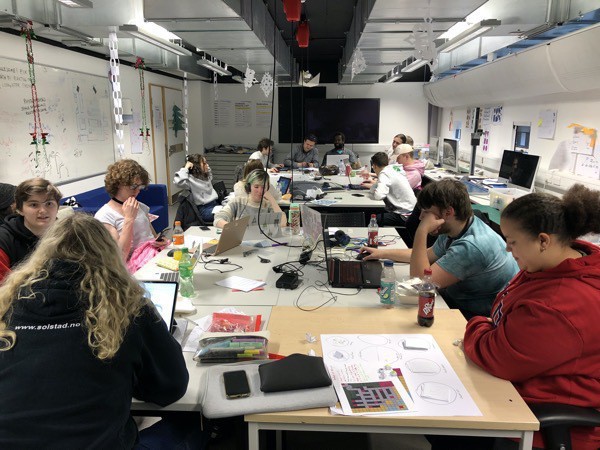
Today there are approximately 2.6 Billion people playing video Games. This group is not just men, in fact it is a really diverse audience. This group is almost evenly split in terms of gender (52% identify as female in last major survey in 2014). When you dive into some of the detail we see areas where there are, for example more middle age women playing video Games than teenage boys (Nesta 2017). This clearly indicates the appetite for game types is also in fact very diverse.
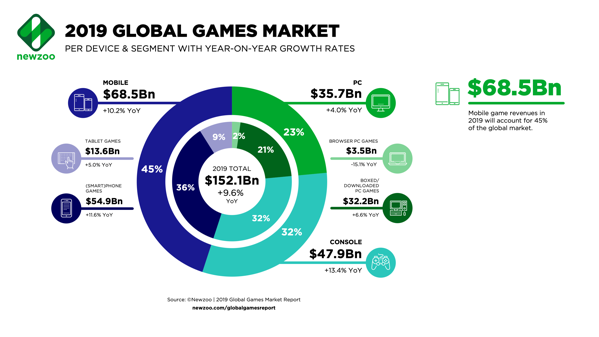

Games are the biggest consumed media on the planet now and so this means they have the capacity to do more than just entertain. They can enable social good (Pokemon Go Earth day Clean up), produce empathy around migration (Papers Please) , Cancer (That Dragon Cancer) or give insight into Mental health (Hellblade: Senua’s Sacrifice). Creative Review suggests Games are the future of storytelling and so to speak and tackle broad issues and audiences through this medium we must have a group of diverse makers.
It is worth noting this is often not the way main stream media portrays Games. They tend to focus on the same types of titles and genres, which also has an impact on the understanding of game. Or worse. We must work to combat this stereotyping.

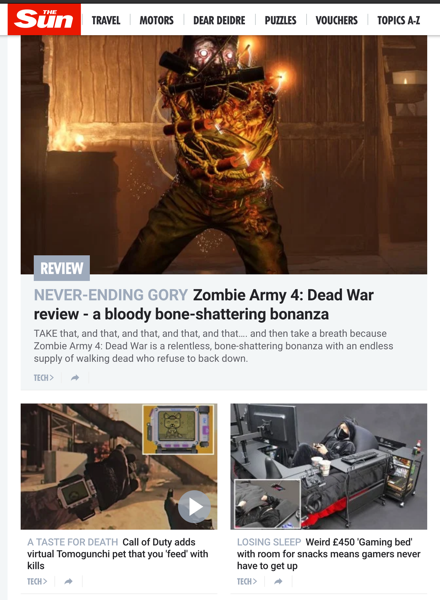
The Guardian is an excellent example of opposition to this with Games featured under Culture and not under entertainment or toys for example.
So we know there is diverse audience and diverse players but those working in the “Games industry” are still predominantly white men. The workforce in the UK identifies as 28% female and 20% worldwide. This is a complex and multi-faceted issue but is in part due to the wider issue of Technology, Engineering and Computer Science having the same issues. Some of the historical context of this largely lies around the marketing of technology in the 1980s with a focus on these things being for boys and we know that Schools and marketing still skew that interest in technology.
A great example of a product that is already combating this within Engineering and girls is GoldieBlox, the argument that there is any biological difference is factually incorrect, data from across the world in fact shows girls out performing boys in science tests in fact, and yet there interest in the Science Technology Engineering and maths (STEM) subjects drops at around 15 years old and never recovers.
GoldieBlox uses storytelling with STEM principles as extensive testing with girls showed this type of interaction appealed much more to girls than for example Lego’s attempts in this regard by just making the boxes pink.

The voices of many people are needed to create great and compelling Games for all people and the powerful potential of Games to unite people can only be unlocked if we have a diverse representation of people making these products. Why would any industry not want to have diversity?
Can we make it change? The stats are already showing a rise of diversity in the Games industries themselves and in the diversity of makers but there is much work to be done which starts at Schools and Universities. This includes educating against discrimination, encouraging participation and showcasing role models.
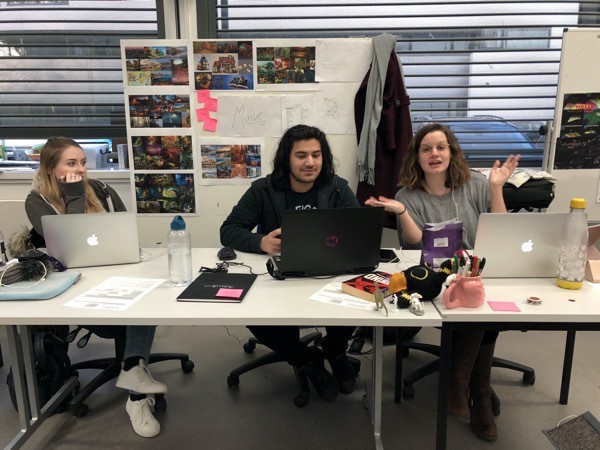
From the inception of the course at WSA we knew based on the industry and are position, we wanted to and where in a place to encourage diversity into making Games. We understood the power Games would have and where Games where heading, although already a huge industry in 2013, the direction of future travel was very exciting, we are really only just seeing the impact of this exciting medium. The V&A in 2019 called Games design one of the most significant design fields of our time.
Connected to this concept we knew and had working knowledge of the game engine Unity. The engine was well established and was well on its way to achieve its goal of democratising game making.
It had been doing this as its focus was on creativity, it has an editor that was powerful yet visual and including things such as simple drag and drop capabilities, this meant many more people could just start to quickly realise an idea without a focus on the technology. Unity is all about bringing ideas to life, without a focus on how great the technology is but a focus on enabling creativity. Something like Media Molecules Dreams is probably the next phase in the arena of what has been coined in the past as Game 3.0.
Also having taught coding and interaction design skills to students within an Art School for well over 10 years I was also acutely aware of how off putting coding can be for anyone who wants to be creative, it can be very stifling, and a barrier to entry. This is often because of a focus on the technology rather than the manifestation of the idea or intent through the use of appropriate media.
I had personally seen with my background in interaction design, the alienation of women, at events and online and I have 3 daughters whom I encouraged to do whatever they were passionate about yet saw and heard discouraging comments around what is for girls and what is for boys.
With all this in mind we developed a course that uses design thinking and making through the lens of Games to tell stories, provide emotional moments and more. We didn’t focus on technology and we didn’t focus on only video Games, we focussed on research, ideas and manifesting them in game artefacts.
We knew this would draw diverse people to the course, also by situating our course within WSA, the University of Southampton’s Art School and not within the Computer Science Faculty we could really push the way we teach Games and the approach of what Games are. These opportunities allowed the creation of a unique course of study situated within Games.
What we do in our course is some simple but deliberate things, we make very sure all our decisions include diversity. And so we look to feature that diversity by making active and conscious design choices with any of our processes and outputs to ensure there is diverse representation. Students work in teams and we mix them up for each project, considering their background alongside their current skillsets.
We as a team of staff and of our students are also made aware of the unconscious bias that can creep into our every day life and so we take deliberate actions to combat this. This can be as simple as adapting the language we use. We make sure all of our text is gender neutral and we actively seek out and test this with our students, even this blog post was discussed with our current year 3 students to see if this was accurate and agreeable to them.
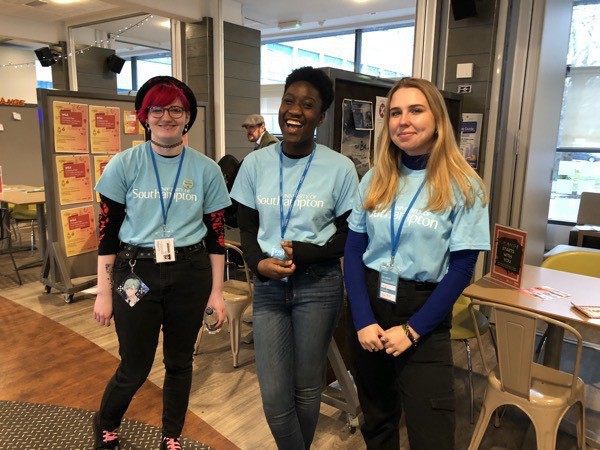
At open days and interview days we ensure a diversity of students are represented from Games on campus. This we know that has a direct impacts on ensuring diverse recruitment, students have stated that this is what enabled them to see themselves at WSA studying Games, because they see someone like them. This is often coupled with the realisation they have every right to want to make Games as anyone else.
We are careful to pick media and outputs that do not reinforce the stereotypical idea of Games, for example our course film has conscious efforts to showcase diversity. All of our open day and external talks mention and talk about diversity in Games, and we select Games that people may not have heard of and talk about the why of the Games more than the how. These actions we know has direct impact on our recruitment diversity. We have always had a close affiliation with Women in Games UK and Vanissa our year one tutor is an ambassador, alongside a number of Alumni winning Women in Games Awards. We then make sure we promote these types of activities and awards on our social media and websites.
Each year we make sure to invite a diverse range of speakers to provide guest input into the course, with an active part of their day spent talking to students about their own experiences and discussion the students own projects, this adds to feeling part of a real community. For example over the last year we have had guests including, Minkette an Escape room designer, Emma Reay a researcher looking at Games scholarship and children’s literature scholarship and Lucy Kyriakidou a freelance 2d game artist. We think about every choice we make to showcase diversity and this in turn combats the issue of diversity in Games. Showing role models and inspirational people. We want to create a course that is inclusive as we know that there are many artists and designers that want to use the medium of Games to inspire and enrich others, just as it has for them and we want to show that this is possible and that there is a way in.
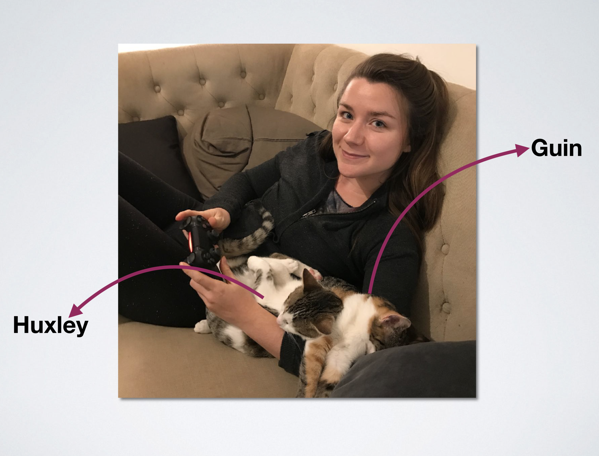
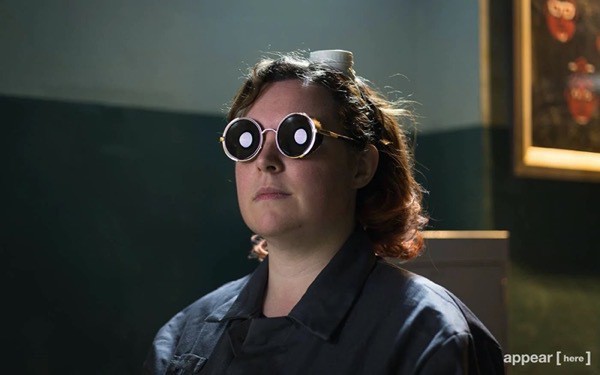
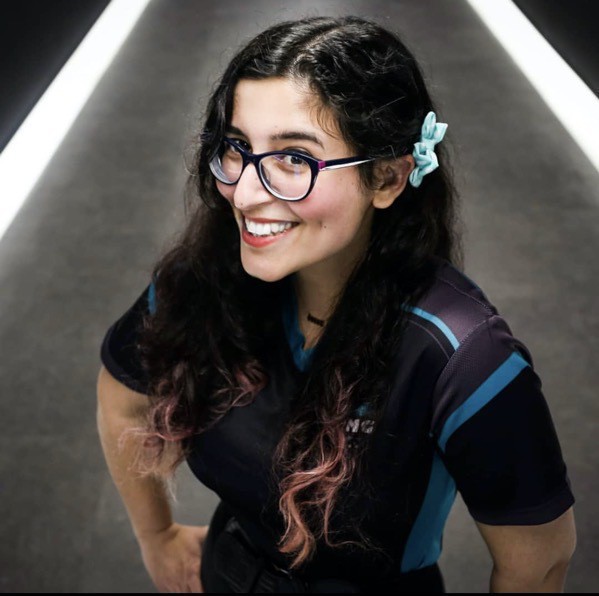
A key is to write projects that will have broad appeal and provide excellent learning, so we create and encourage projects within our modules that talk to or are about themes and ideas, not about the technology or the skills directly. We then embed as necessary technology and skills within the thinking and research but the driver is not the technology. This appeals to designers and artists from different backgrounds and is less intimidating for anyone than say a bunch of technology jargon or buzzwords. As an example you could have a project on Virtual Reality (VR) or instead you could have a project that looks at why humans have been obsessed with the idea of immersion since the Victorians. One offers a narrow view and uses technology that lots of women see as horribly designed and not designed for them, the other offers opportunities to consider VR from many points of view, both projects would culminate in a VR experience but the differences would be dramatic. We know many young girls are playing Games and have a love for Games and so we want to show that not only can they consume these Games but they could be making them, this is the only way we address and bring diversity to the Games industries.
The effects of this work have been measured in our recruitment which is very different to the vast majority of institutes that currently offer Games course;
For context Female percentage in current cohort;
- 40% Year 1
- 52% Year 2
- 26% Year 3
Female percentage of our Alumni graduates;
- 1st Alumni 45%
- 2nd Alumni 47%
- 3rd Alumni 47%
Across the University of Southampton a lot of good work being done generally to encourage women into STEAM (A for Art). We have the Women in Science and Technology + group, which now crosses into humanities and runs many cross faculty projects. We have specific competitions that call for participation from underrepresented groups, alongside celebrating and connecting our work to days that celebrate role models such as Ada Lovelace. One year on International Women’s day, I arrived at WSA to find the Games studio walls plastered with images of women from the Games industry with quotes about their achievements, we never took them down. The University is active in upholding the standards of the Athena Swan charter and is a member of the race and equality charter. The Games industry is generally very welcoming and supportive of diversity and is a welcoming community and is general fully committed to addressing the issue of diversity, and so we do see positive change, with a growth in the number of women in Games, it is probably too slow but it is growing.
All of the above has to be done as an active consideration of what you do, there is an issue with diversity in Games and this is not ok. The UK Games industry needs to do much more work to fund and support diverse game making, for an industry worth more than music and film combined (globally) it should do more in this regard, I would like to see nationwide schemes to provide funding to more of the indie makers, there are still to many stories of how great game makers had to work numerous jobs to fund Games that have huge value to society. On a smaller scale Games companies and educators should consider everything they do from how you design your studio space, how you write you course curriculum and how you promote your activities.
Ask yourself does this have the potential to feed a stereotype, if so stop and change what it is. Games are for every player and so we need makers of every type. Promote diversity wherever possible, as the male dominated position has had enough promotion.